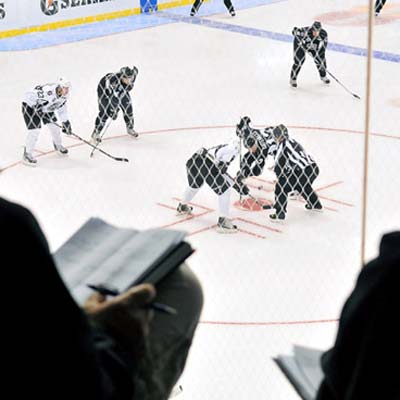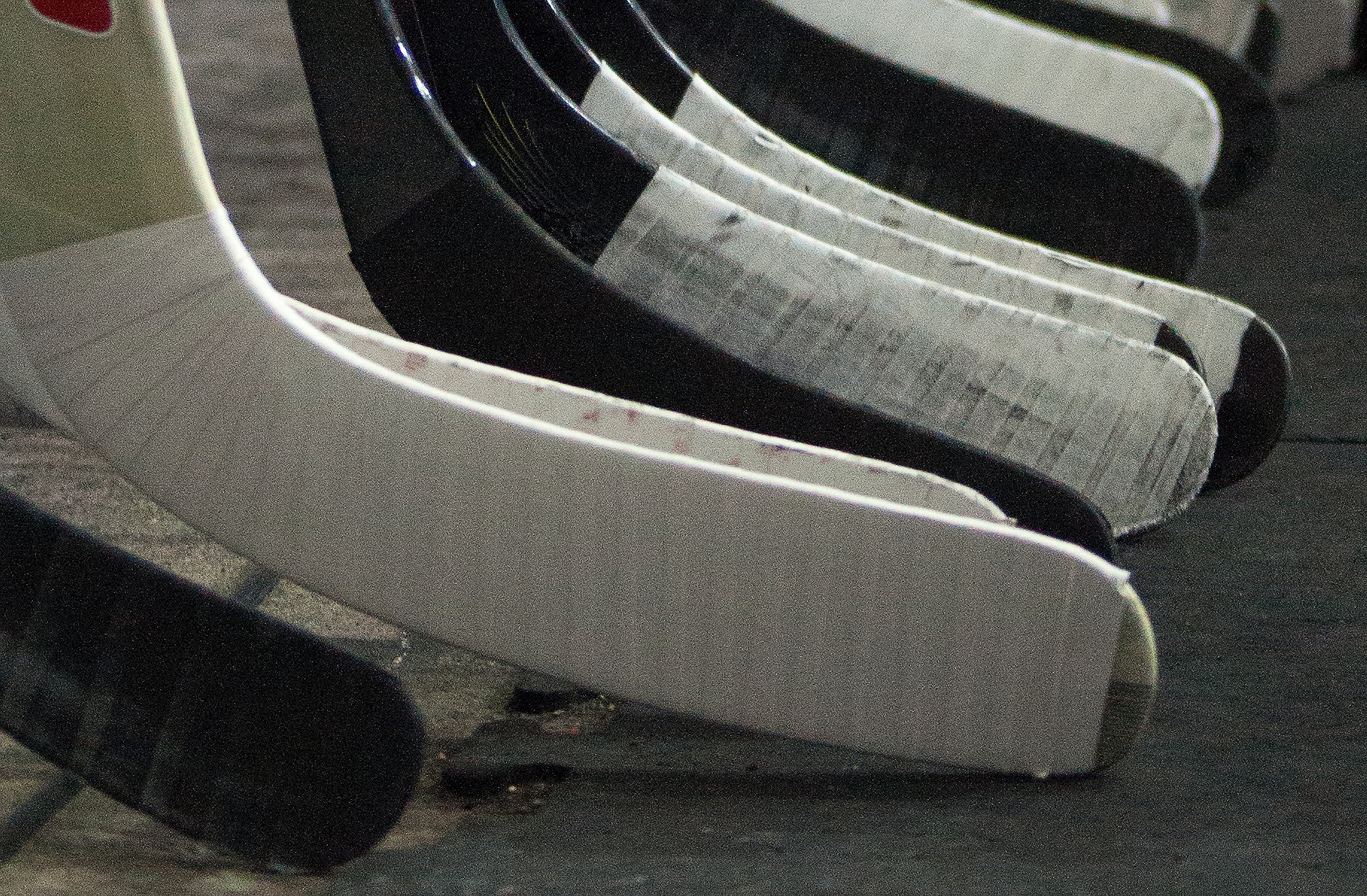We are excited to present the first results for the Total Hockey Rating model for all events. Our new model uses much of the same structure found in the original even strength version of THoR but we have added additional terms to account for the additional variability and values. Here is a link to the original THoR paper as well as to our recent case for why even strength THoR is a very strong measure of player performance. We have improved on that with this new metric. Using the same basic structure as THoR, we use advanced statistical methods to extract each individual player’s contribution. As before we value each play for which a player is on the ice by the chance it leads to a goal and account for the quality of their teammates, their opponents, where their shift has started, the current score, the rink, etc. The new model also accounts for how many players a team is up/down, i.e 5v4 or 3v5 as well as interactions. Below we present the top ten forwards in terms of wins above replacement for the start of the 2012-13 season to the present according to this new metric. WAR represents wins above replacement level player (specific to position) and is based upon amount of time on the ice. The count presented there gives values for the number of plays for which a players was on the ice.
FORWARDS
| Name | Team | Position | Count | WAR |
| JORDAN EBERLE | EDMONTON OILERS | C | 4405 | 6.60 |
| ALEX OVECHKIN | WASHINGTON CAPITALS | L | 4606 | 6.38 |
| PATRICE BERGERON | BOSTON BRUINS | C | 4914 | 3.95 |
| CHRIS KUNITZ | PITTSBURGH PENGUINS | L | 3844 | 3.71 |
| PATRIK ELIAS | NEW JERSEY DEVILS | L | 3451 | 3.62 |
| HENRIK ZETTERBERG | DETROIT RED WINGS | L | 4380 | 3.58 |
| MAX PACIORETTY | MONTREAL CANADIENS | L | 3403 | 3.52 |
| LOGAN COUTURE | SAN JOSE SHARKS | C | 5010 | 3.48 |
| BRIAN GIONTA | MONTREAL CANADIENS | R | 3841 | 3.34 |
| JAKUB VORACEK | PHILADELPHIA FLYERS | R | 3680 | 3.17 |
First comment is that that are a lot of really good players on this list. To be on this list a player had to have both a high per play rating and also be a player that was on the ice for a large number of plays. We looked only at players with at least 2000 plays. Kunitz and Voracek seem high to me. Kunitz because he plays so often with Crosby and Voracek because I don’t think of him as a dominant player though his even strength CorsiRel numbers are quite high for both of the seasons on which this analysis is based. However, there is no doubt that Kunitz is a really good player. Because they play so much together THoR has trouble distinguishing Crosby and Kunitz. Ovechkin is interested in hockey again so that is nice to see. Bergeron, Elias, Zetterberg, Pacioretty, Couture, no surprises. Gionta helped his team by drawing lots of penalties in 12-13 so that helps him here. Just off the list D. Sedin, Brad Richards, Anze Kopitar.
Next we’ll look at defensemen.
DEFENSEMEN
| Name | Team | Position | Count | WAR |
| DUSTIN BYFUGLIEN | WINNIPEG JETS | D | 5249 | 5.24 |
| P.K. SUBBAN | MONTREAL CANADIENS | D | 4886 | 4.75 |
| ANDREI MARKOV | MONTREAL CANADIENS | D | 5417 | 4.28 |
| DUNCAN KEITH | CHICAGO BLACKHAWKS | D | 4979 | 4.16 |
| CHRISTIAN EHRHOFF | BUFFALO SABRES | D | 4637 | 3.96 |
| DAN HAMHUIS | VANCOUVER CANUCKS | D | 4611 | 3.85 |
| KIMMO TIMONEN | PHILADELPHIA FLYERS | D | 4174 | 3.83 |
| DION PHANEUF | TORONTO MAPLE LEAFS | D | 5850 | 3.81 |
| KRIS LETANG | PITTSBURGH PENGUINS | D | 3743 | 3.69 |
| MARK STREIT | PHILADELPHIA FLYERS | D | 4612 | 3.58 |
Overall, this list is strong. With more minutes Erik Karlsson is in the top 3 of this list. Letang also is higher with more minutes. The model likes both Subban and Markov though per play it favors Subban. This year they are playing together a good bit but last year which is currently about 60% of the current data they were together less than 20% of the time. Byfuglien is high but primarily on the strength of what he does on the power play. Phaneuf makes the list based upon events on the ice though he is good just not top 10 on per play basis. Just missing the top 10 are Oduya, Kindl, and Visnovsky.
Very High Predictability
One of the great strengths of this new THoR is that it has very high predictability. The table below summarizes this aspect of our metric. The average one year to the next correlation in player ratings is about 0.81. This is compared to a 0.65 for THoR even strength and about 0.5 for CorsiRel. There is little drop in the correlation as we move out from two to three years. This suggests that we are capturing a consistent value for a given player. Similarly the slopes which are also indicative of regression to the mean here maintain their proximity to 1. GVT which is another metric that uses data from all events has consistent year to year correlations of approximately 0.6.
| Season | 1011 | 1112 | 1213 | ||
0910 |
corr=0.834 n=415 slope=0.811 |
0.779 376 0.769 |
0.797 225 0.869 |
||
| 1011 |
corr=0.792 n=439 slope=0.794 |
0.788 n=261 0.884 |
|||
1112 |
corr=0.808 n=285 slope=0.897 |
To summarize, we have a new model that is based upon the probability that all on-ice action events from the NHL play-by-play system lead to a goal. Our model accounts for things like zone starts, quality of competition, quality of teammates, score effects, as well as even having factors for strength versus special teams, we can isolate the value of an individual player. Those effects are highly consistent from year to year.




Leave A Comment